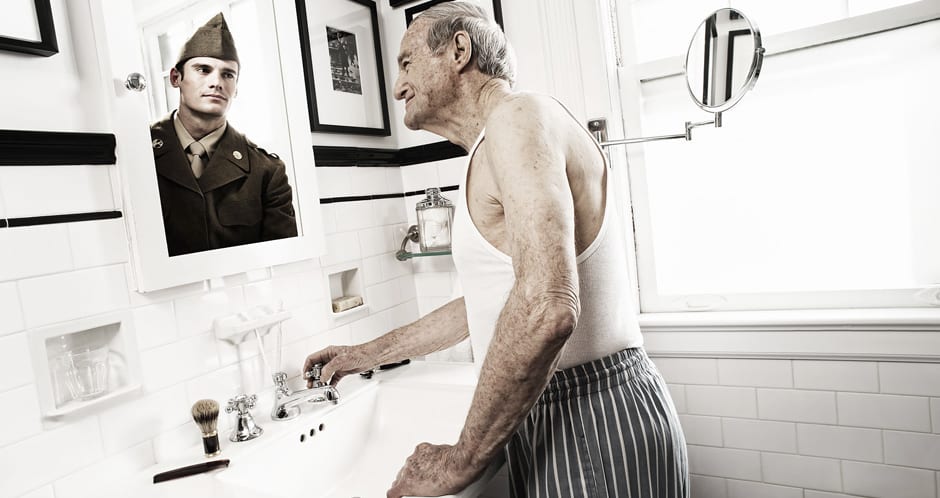“Persons between the age of 75 and 85 are twice as likely as the average person to suffer a nonfatal injury in the bathroom.” ~ The CDCThis is why the bathroom is one of the first areas you should work to safety proof in your loved one’s home. While you may think this is something that’s difficult to do, this isn’t true at all.
- Install grab bars: This is necessary in every elderly person’s bathroom. This is because they give them something to grab on to and anchor themselves with when climbing in and out of the tub. If your loved one were to fall, they could brace themselves. When installing them in their bathroom make sure you don’t just nail them into the drywall. Use solid screws instead. Make sure you also test their strength and stability by grabbing them as though you’re really falling. When you do this they shouldn’t budge.
- Install non-slip decals: Wet floors are dangerous as they often result in slips an falls. By installing non-slip decals on the tub an other bathroom tiles you’ll make the floor less slippery. You should also remove any scatter rugs as they easily and many people also trip over them easily.
- Make sure commonly used items are easily accessible: This is important throughout your loved one’s home, but especially in their bathroom because there their risk of falling is greatly heightened. Make sure you move things like soap, shampoo, conditioner, towels, and bathing items are all within reach.
- Install a walk in tub or shower: One of the biggest risks the elderly face comes from tripping over the side of their bathtub when they go to get in or out of it. This is why it’s a good idea to install a walk in tub or shower, but if you can’t, don’t fret. Another option is to install solid railings for your loved one to grab on to when they go to enter or exit the shower.
- Install a secure bathing seat: Over-exertion is responsible for causing many injuries. By making sure your loved one can sit while showering, you lower the risk of them becoming so tired they fall. It’s also important to have a seat available for them to use when they’re doing things like brushing their teeth.
- Install night lights: Most elderly people urinate often at night. Having a dark hallway leading from their bedroom to their bathroom isn’t good because it can result in a fall or other injury. This is why it’s so important to install a night-light here. Make sure this lighting is non-glare and that there’s plenty of it.
- Lower hot water temperatures: Since elderly people have thin, delicate skin it takes them longer to notice just how hot the water is. This can quickly result in hot water burns if you don’t keep the hot water temperature at 120 degrees Fahrenheit or less. You should also clearly mark their faucets, hot and cold, for them for when they become confused. Additionally, consider installing a pressure control and anti-scald controls as well as making sure you have GFCI outlets to protect your loved one from shock if anything happens.
- Place the toilet paper holder near the toilet: If it’s located anywhere else, it’s a safety issue. Your loved one needs it located where it’s easily reachable while they’re seated on the toilet.
- Put a phone in the bathroom: Make sure the phone is easily accessible from both the toilet and the shower in case of an emergency. A good place for this is on the counter, but you want to make sure the counter isn’t cluttered.
- Install a raised toilet: This makes it easier for your loved one to get on and off the toilet by themselves.
Many of the things your loved one needs consists of relatively small changes. This is why there’s really no reason you shouldn’t take some time to make their bathroom safer for them starting today.
